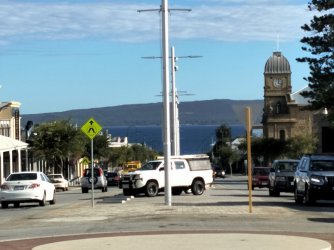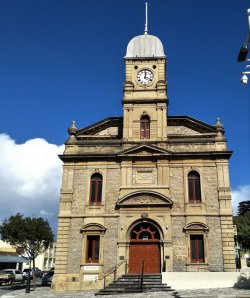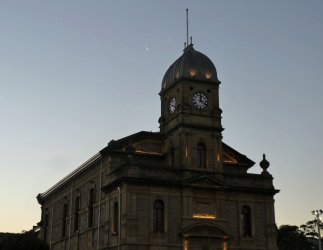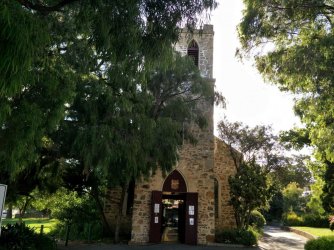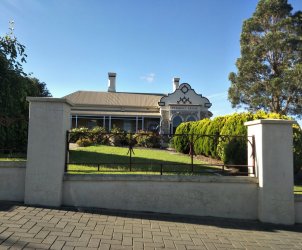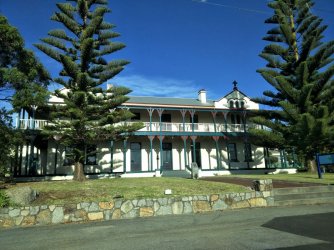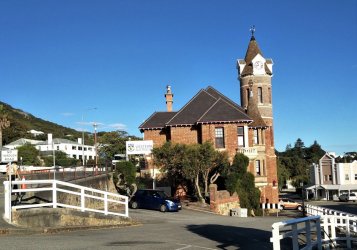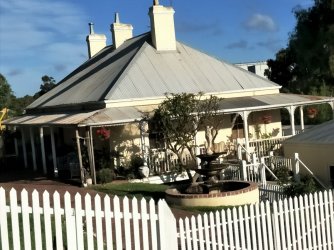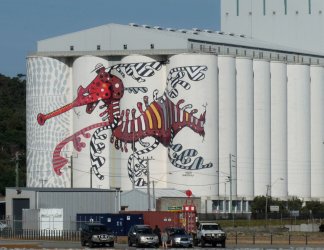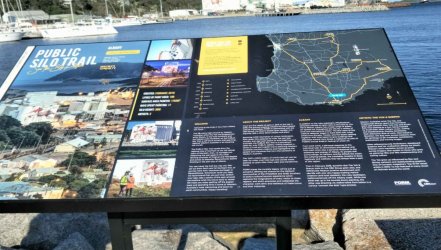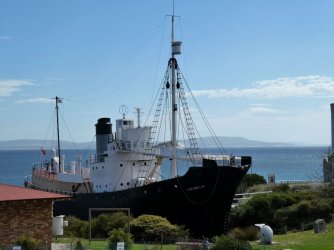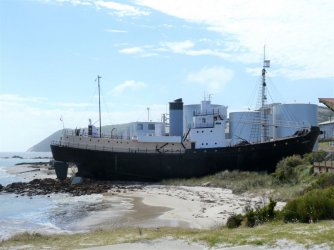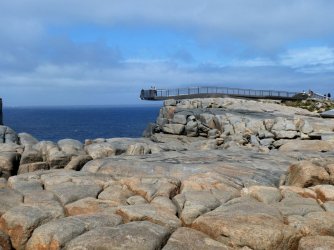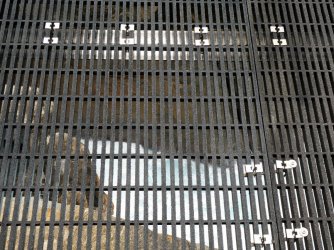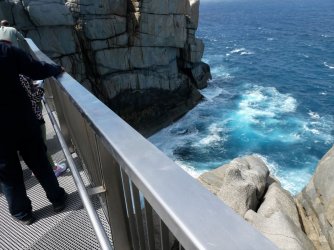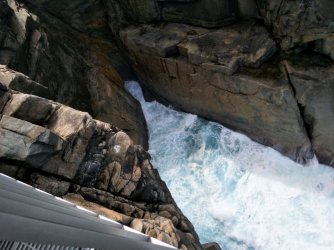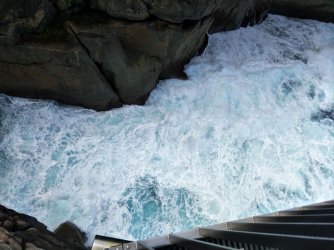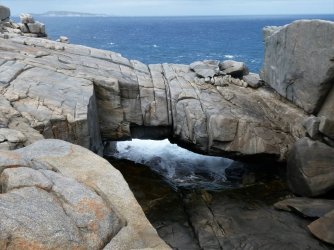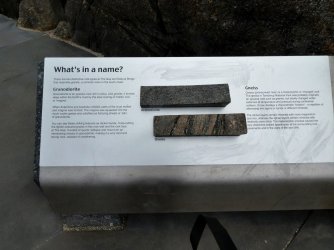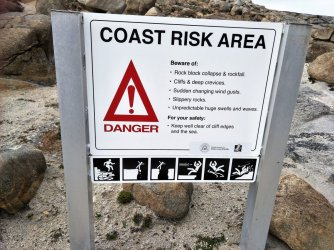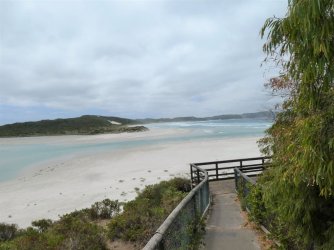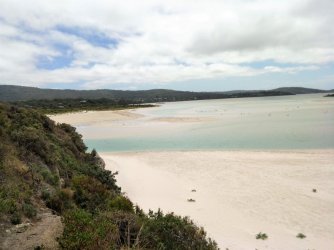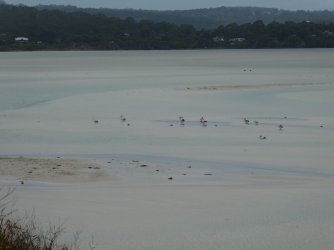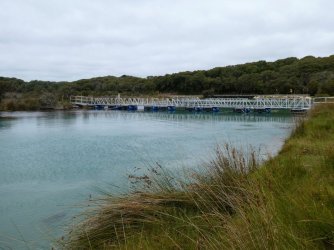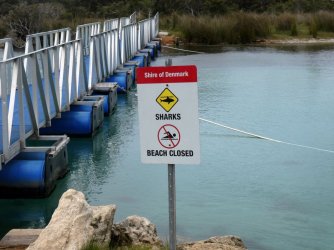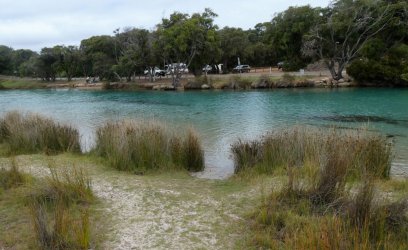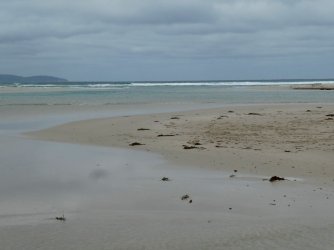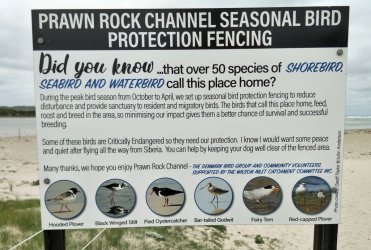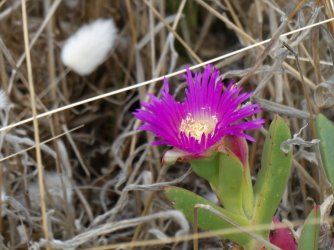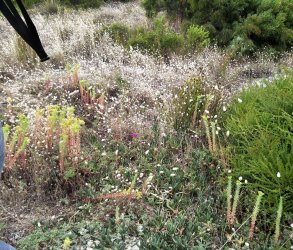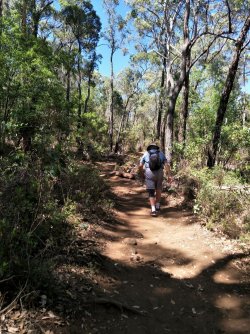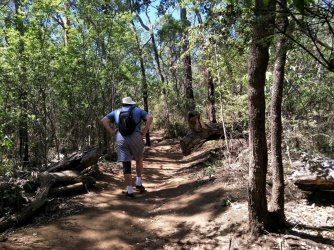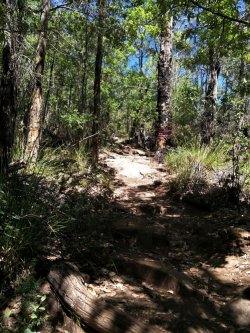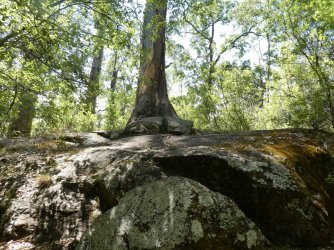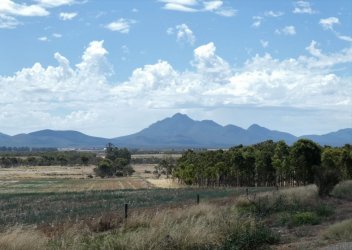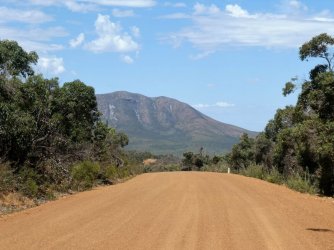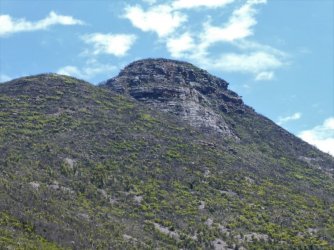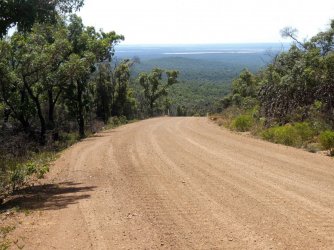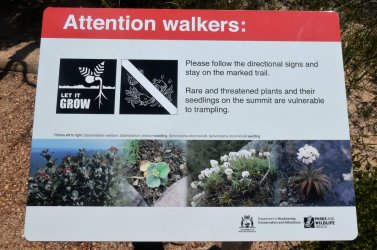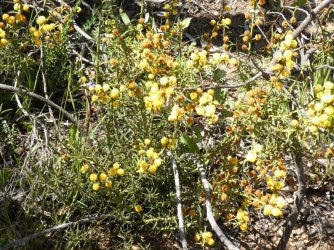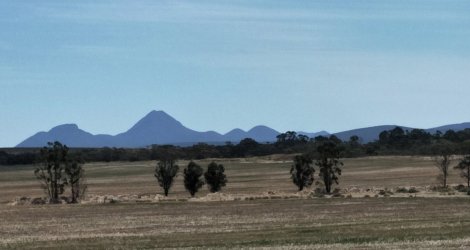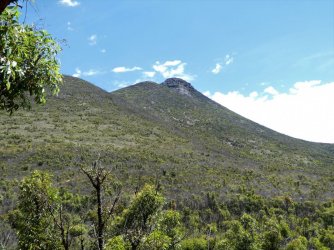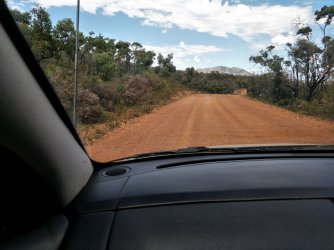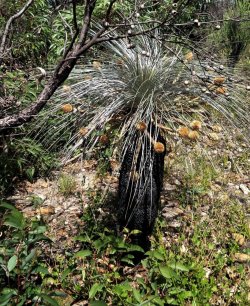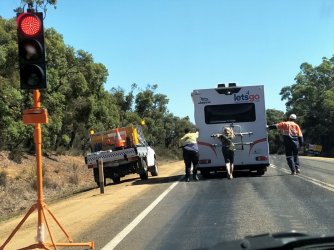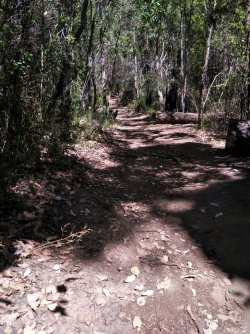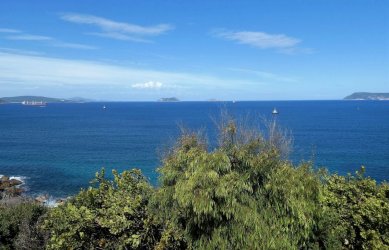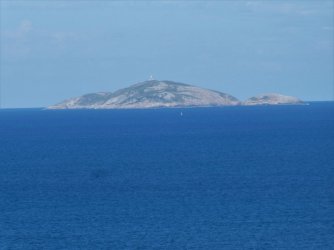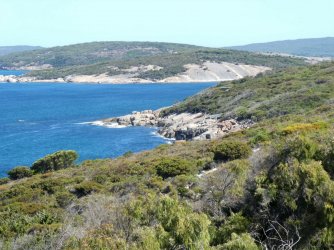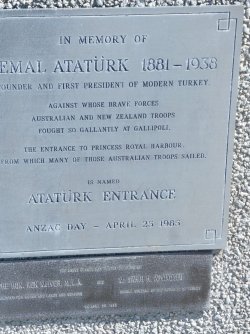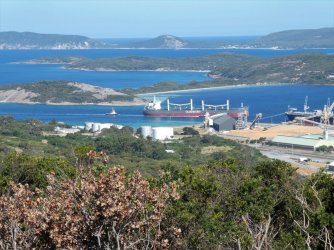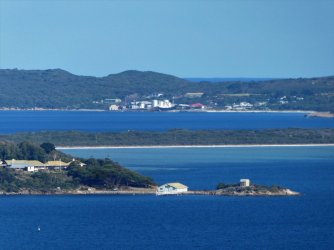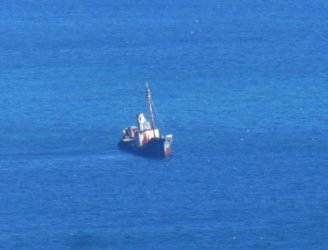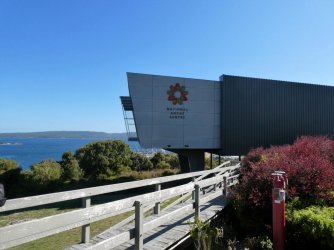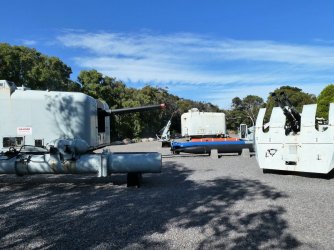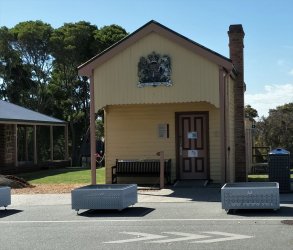OZDUCK
Established Member
- Joined
- Aug 1, 2010
- Posts
- 4,699
As you may have seen in "The view from my Office " thread we have been down south to Albany for a few days. We had some CX Asia Miles points that were due to expire so using them to stay in a B & B in Albany seemed like a good idea. Albany is the site of the first permanent European settlement in W. A. It was founded as a military settlement in 1826 - partly to forestall any possible French claims.
First of all one of the prime views in Albany - King George Sound from the Marine Drive Lookout on Mt Clarence.
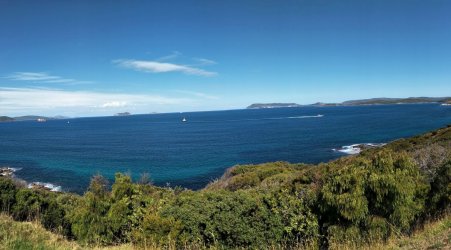
We stayed at Dunmoylen House which was built around 1890. It overlooks Princess Royal Harbour - through some trees and is about 800 metres from the centre of town. You can buy it as a going concern for $1.1 million.
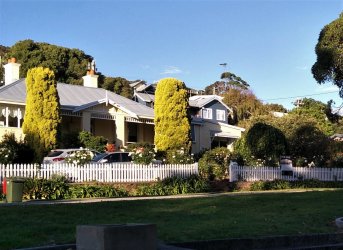
Note the magpie doing a high wire act.
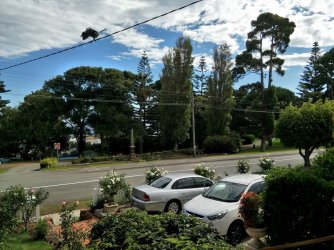
There were chocolates in the room and more chocolates and a bottle of port in the breakfast room. A small kitchenette for the guests had a fridge, microwave, dishes & cutlery. Tea and coffee was always available to make for yourself.
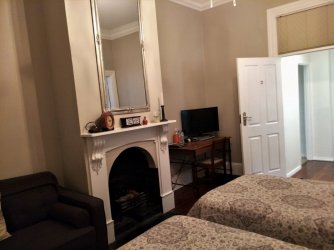
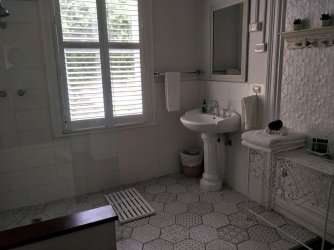
Breakfast room. The B & B has three double bedrooms.
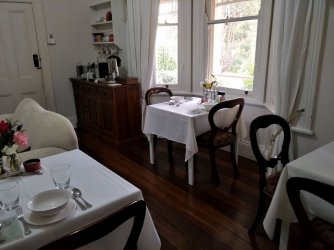
There was a selection of cereals, toast and fruit toast. Plus you could order a hot dish such as waffle with jam & cream, boiled egg, porridge etc.
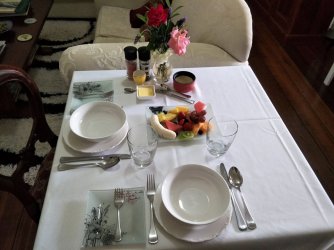
The kitchenette
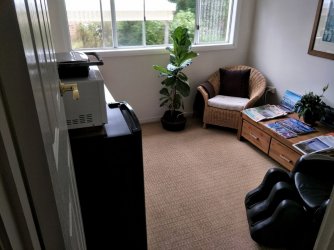
First of all one of the prime views in Albany - King George Sound from the Marine Drive Lookout on Mt Clarence.

We stayed at Dunmoylen House which was built around 1890. It overlooks Princess Royal Harbour - through some trees and is about 800 metres from the centre of town. You can buy it as a going concern for $1.1 million.

Note the magpie doing a high wire act.

There were chocolates in the room and more chocolates and a bottle of port in the breakfast room. A small kitchenette for the guests had a fridge, microwave, dishes & cutlery. Tea and coffee was always available to make for yourself.


Breakfast room. The B & B has three double bedrooms.

There was a selection of cereals, toast and fruit toast. Plus you could order a hot dish such as waffle with jam & cream, boiled egg, porridge etc.

The kitchenette








